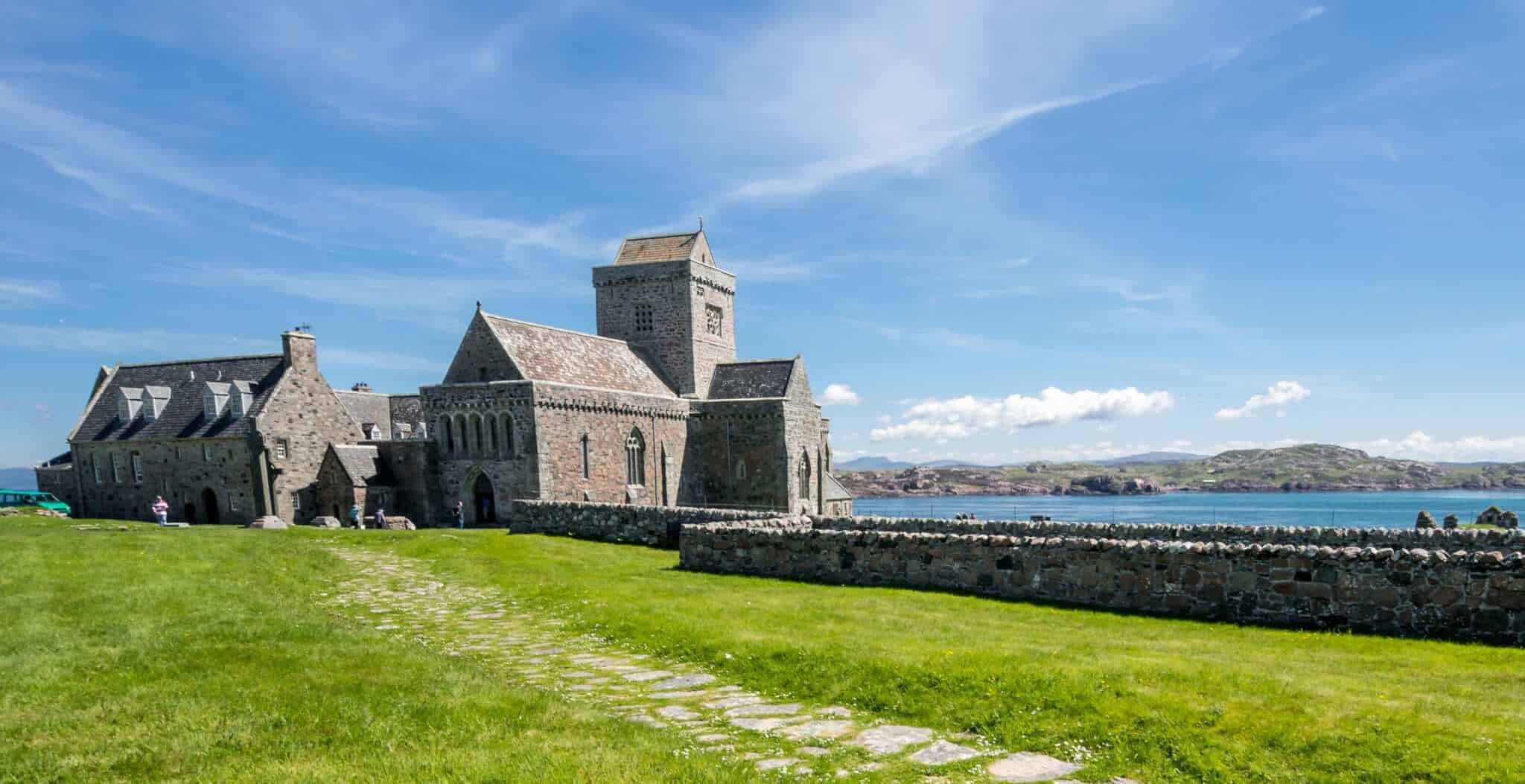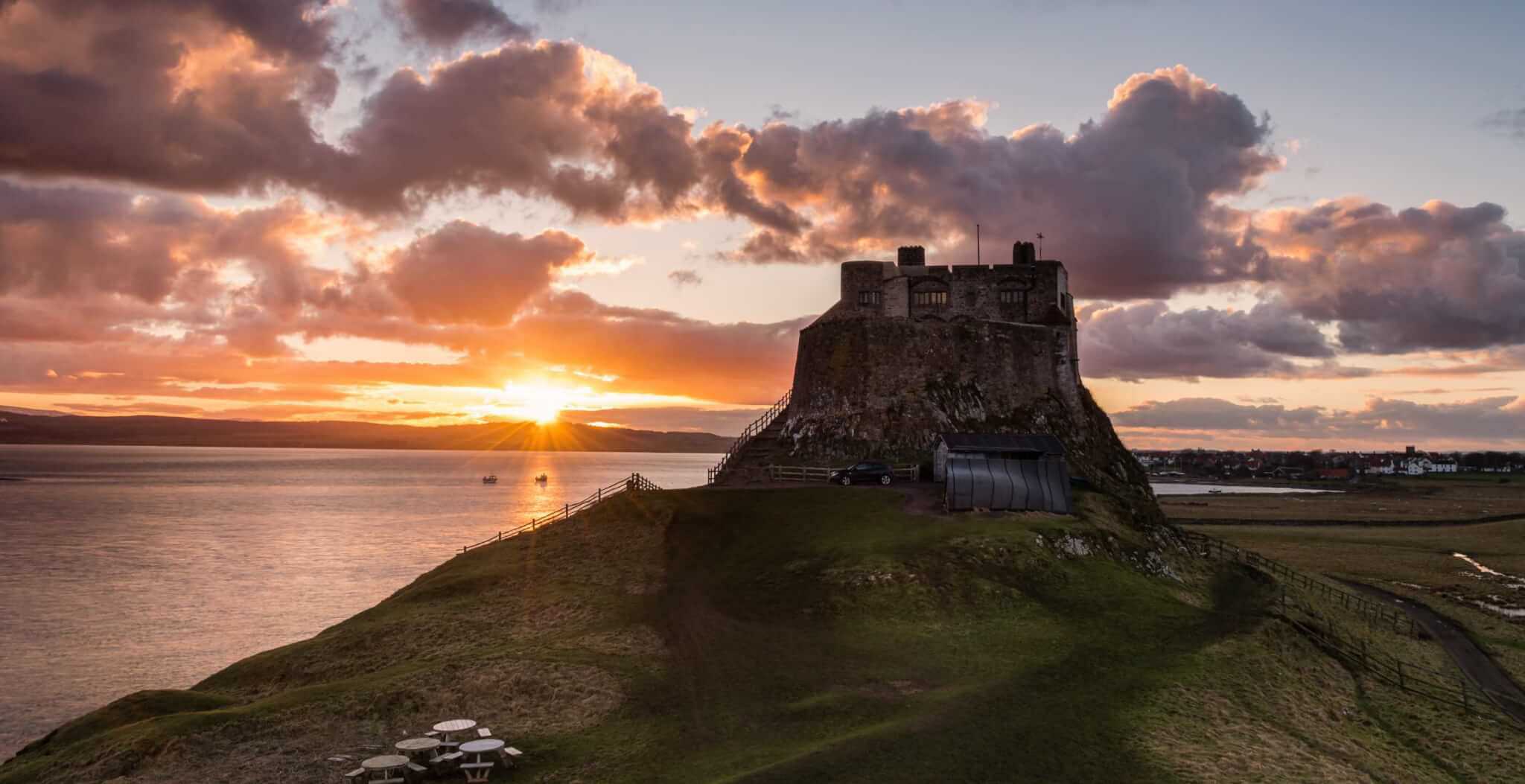In recent years shows like Vikings and The Last Kingdom have demonstrated an increased interest in Anglo-Saxon England, the centuries spanning from the Roman Empire abandoning England to the Norman Conquest have become increasingly prominent exemplified by renewed interest in figures such as Alfred the Great.
However, the lack of scholarly works from before the Great Heathen Army, Bede’s Ecclesiastical History of the English People being a notable exception, have allowed many similarly interesting, talented and accomplished Anglo-Saxon monarchs to go widely overlooked by most of the populace. One such example is Oswald of Northumbria, a canonized Catholic saint and Northumbrian King who served as the inspiration for literary characters such as Aragorn in Lord of the Rings.

Oswald was born in 604 AD to Æthelfrith King of Bernicia and Acha, the daughter of Ælle the previous King of Deira. Æthelfrith had conquered Deira thereby uniting the Kingdoms of Bernicia and Deira into Northumbria, a Kingdom with a southern border along the Humber river and a northern border along the River Tweed.
Æthelfrith’s reign in Northumbria likely began with the conquest of Deira around 603 and lasted until his death at the hands of Raedwald of East Anglia, who placed Edwin, Acha’s brother, on the Northumbrian throne. This forced Oswald to flee with his mother Acha and his brother Oswiu as well as several other siblings.
Oswald fled to the Scottish Kingdom of Dal Riata, where he remained in exile till the death of Edwin. It was here that he probably earned his nickname Lamnguin (meaning White Blade), an Irish epithet he earned while fighting for the King of Dal Riata.
It was also in Scotland that the English Pagan was converted to Christianity, probably at a similar time to his Uncle Edwin. Oswald continued to fight for Dal Riata, earning fame amongst his enemies in Ireland and Scotland and becoming an accomplished soldier. It was his youth in the service of the Christian King Eochaid of Dal Riata that shaped the future of Oswald. His tutelage at the famed monastery on Iona would lead to Oswald’s fervent Christianity that would forever change the course of English history when he came to the Northumbrian throne at the age of 30.
It seems certain that Oswald, like Edwin, long harboured desires to return to his father’s Kingdom and usurp the usurper, but Edwin had conquered large parts of Mercia and Scotland and established himself as an unchallenged overlord over most of England, making it impossible for Oswald to find a monarch willing to challenge him.
In 632 things would change, when a coalition between Cadwallon of Gwynedd and Penda of Mercia engaged and managed to kill Edwin at the Battle of Hatfield. In Northumbria, Cadwallon and a Welsh army killed Oswald’s elder half-brother Eanfrith who had claimed Bernicia, and also Edwin’s cousin Osric who had claimed Deira.
Upon hearing of the death of Edwin, Oswald prepared to reclaim his father’s Kingdom, uniting Bernicia and Deira once more. However, with Cadwallon still looting and terrorizing Northumbria it was too dangerous to return without an army – as shown by the deaths of Osric and Eanfrith – so Oswald set about gathering support. The bulk of his support would obviously come from the Bernician nobles who had joined him in exile in Dal Riata, but with Dal Riatan nominally allied to Cadwallon, he would need support from elsewhere.

And so he went to the Kingdom of Rheged, centred around the Lake District on the Eastern border of Northumbria. With support from Rheged, supplies and possibly also horses and soldiers, he landed with his army near Carlisle where Cadwallon’s army was encamped alongside Hadrian’s wall near Hexham, at a place which would become known as Heavenfield. Unencumbered by baggage and numbering probably only in the few hundreds, Oswald’s army made quick time arriving before Cadwallon even knew Oswald had landed. The morning before the battle Oswald was said to have erected a wooden cross and knelt before it pleading for God’s help. It is unsurprising that Oswald felt the need to plead for help, as he was likely vastly outnumbered by Cadwallon’s army.
The scarcity of written records makes it difficult to tell exactly what happened and where. It is likely Oswald’s army caught Cadwallon’s by surprise in the early morning, routing them before they had a chance to get prepared for battle. Cadwallon supposedly died in a river known as the Devil’s Water, so presumably the disorganised rout led to the Welsh army finding themselves backed against a river where they were promptly slaughtered. This is all conjecture; the lack of written records or a clear idea of location makes it impossible to tell exactly what happened but what’s important is the outcome. With Cadwallon dead after having killed Oswald’s only potential challengers for the Bernician and Deiran thrones, Oswald now became the undisputed King of Northumbria.
Unlike Edwin who had seemingly only embraced Christianity reluctantly to gather support against Æthelfrith, Oswald was undoubtedly ardently Christian. Oswald’s first action as King was to send to Iona for a Bishop. The man that arrived was Bishop Aidan who began preaching immediately in Northumbria. The Northumbrians were initially resistant to conversion, unsurprisingly given how little good it had done Edwin and the fact that their most recent experience of a Christian King was Cadwallon who had spent a year between 633-634 looting Northumbria.
Nevertheless, Aidan slowly began to have success, founding the church at Lindisfarne and educating young Bernician and Deiran Nobility in Latin and the Bible. Throughout Oswald’s reign, Oswald sponsored Aidan and helped him establish a string of churches throughout Northumbria, most notably at Bamburgh – the ancient virtually impregnable castle from which Oswald’s ancestors had long ruled over much of the North – and at Yeavering which became the capital of Northumbria.

Oswald died in battle against the pagan Mercians led by Penda in 642, but the effect of his reign would have repercussions for centuries after his death. The Battle of Maserfield took place near Oswestry, which was probably so named as a contraction of Oswald’s tree, as after his death he was dismembered by the Mercians and his limbs and head placed on a wooden cross to make a tree.
Nevertheless, the churches established during his reign would survive him and spread throughout England while his successors would continue to establish churches. From his death until the Viking invasion, Northumbria would remain the preeminent English power, a nominal overlord of most of the Southern Kingdoms.
His death also led to the creation of several cults throughout Europe. The ground he died on became considered holy and was supposedly the source of many miracles, for example water mixed with dirt from the ground where he died was said to have magical healing properties. Furthermore, the church he established on Lindisfarne would remain the preeminent church in England until it was looted and burnt by Viking raiders in 793.
By Aidan Joshua.









